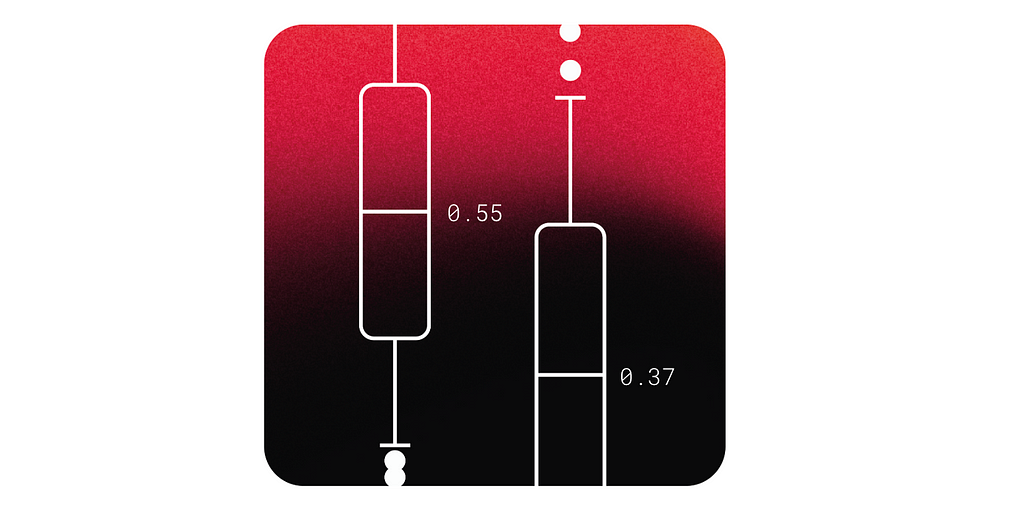How to Dockerize Your Next.js App: A Step-by-Step Guide
In this blog post, I'll show you how to Dockerize a Next.js app using Docker and Docker Compose. We'll cover creating a Dockerfile, setting up a .dockerignore file, and configuring compose.yml to streamline development and deployment. This guide will help you containerize your Next.js app efficiently for a consistent environment across all stages. Step 1: Create Your Next.js App Start by creating a new Next.js application using the following command: npx create-next-app@latest "your_app_name" This will generate a Next.js project with the default setup. Step 2: Initialize Docker Once your Next.js app is set up, navigate to the project folder and run the following command to initialize Docker: docker init This command will generate essential Docker configuration files such as Dockerfile, compose.yaml, .dockerignore and README.Docker.md providing a solid starting point for containerizing your application. After these steps, your project should look like this: Step 3: Configure Next.js for Standalone Output To optimize the Next.js app for production and make it easier to run in a Docker container, update the next.config.ts file by adding the following configuration: import type { NextConfig } from 'next' const nextConfig: NextConfig = { output: 'standalone', } export default nextConfig This setting allows Next.js to generate a self-contained build, making deployment simpler with fewer dependencies. Step 4: Configure the Dockerfile Open the Dockerfile in the root of your project and replace its content with the following setup or your setup: FROM node:20-alpine WORKDIR /app COPY package*.json /. RUN npm install COPY . . EXPOSE 3000 CMD npm run dev This Dockerfile uses a single-stage build process, simplifying the setup while still Dockerizing the Next.js application for development and production use. Step 5: Configure compose.yaml Update the docker-compose.yml file in the root of your project with the following content: services: app: build: context: . image: host ports: - '3000:3000' environment: NODE_ENV: development This configuration defines a service called app, which: Builds the image from the current directory (context: .). Tags the image as host. Maps port 3000 on your local machine to port 3000 inside the container. Sets the environment variable NODE_ENV to development. Now, you can run your app with Docker Compose using the command: docker-compose up Conclusion In this guide, we have covered the steps to Dockerize a Next.js application, making it easier to manage and deploy consistently across different environments. By following these steps: Created a Next.js app using create-next-app. Initialized Docker to generate the necessary configuration files. Configured Next.js for a standalone build by modifying next.config.ts. Set up a simple Dockerfile to build and run the Next.js app. Configured docker-compose.yml to streamline building and running the application with ease. With Docker and Docker Compose, you can now easily deploy your Next.js application in a controlled and reproducible environment. This approach simplifies development, testing, and production setups, ensuring that your application works the same across different machines and stages of deployment.

In this blog post, I'll show you how to Dockerize a Next.js app using Docker and Docker Compose. We'll cover creating a Dockerfile, setting up a .dockerignore file, and configuring compose.yml to streamline development and deployment. This guide will help you containerize your Next.js app efficiently for a consistent environment across all stages.
Step 1: Create Your Next.js App
Start by creating a new Next.js application using the following command:
npx create-next-app@latest "your_app_name"
This will generate a Next.js project with the default setup.
Step 2: Initialize Docker
Once your Next.js app is set up, navigate to the project folder and run the following command to initialize Docker:
docker init
This command will generate essential Docker configuration files such as Dockerfile, compose.yaml, .dockerignore and README.Docker.md providing a solid starting point for containerizing your application.
After these steps, your project should look like this:
Step 3: Configure Next.js for Standalone Output
To optimize the Next.js app for production and make it easier to run in a Docker container, update the next.config.ts file by adding the following configuration:
import type { NextConfig } from 'next'
const nextConfig: NextConfig = {
output: 'standalone',
}
export default nextConfig
This setting allows Next.js to generate a self-contained build, making deployment simpler with fewer dependencies.
Step 4: Configure the Dockerfile
Open the Dockerfile in the root of your project and replace its content with the following setup or your setup:
FROM node:20-alpine
WORKDIR /app
COPY package*.json /.
RUN npm install
COPY . .
EXPOSE 3000
CMD npm run dev
This Dockerfile uses a single-stage build process, simplifying the setup while still Dockerizing the Next.js application for development and production use.
Step 5: Configure compose.yaml
Update the docker-compose.yml file in the root of your project with the following content:
services:
app:
build:
context: .
image: host
ports:
- '3000:3000'
environment:
NODE_ENV: development
This configuration defines a service called app, which:
- Builds the image from the current directory (context: .).
- Tags the image as host.
- Maps port 3000 on your local machine to port 3000 inside the container.
- Sets the environment variable NODE_ENV to development.
Now, you can run your app with Docker Compose using the command:
docker-compose up
Conclusion
In this guide, we have covered the steps to Dockerize a Next.js application, making it easier to manage and deploy consistently across different environments. By following these steps:
- Created a Next.js app using create-next-app.
- Initialized Docker to generate the necessary configuration files.
- Configured Next.js for a standalone build by modifying next.config.ts.
- Set up a simple Dockerfile to build and run the Next.js app.
- Configured docker-compose.yml to streamline building and running the application with ease.
With Docker and Docker Compose, you can now easily deploy your Next.js application in a controlled and reproducible environment. This approach simplifies development, testing, and production setups, ensuring that your application works the same across different machines and stages of deployment.
What's Your Reaction?



















































